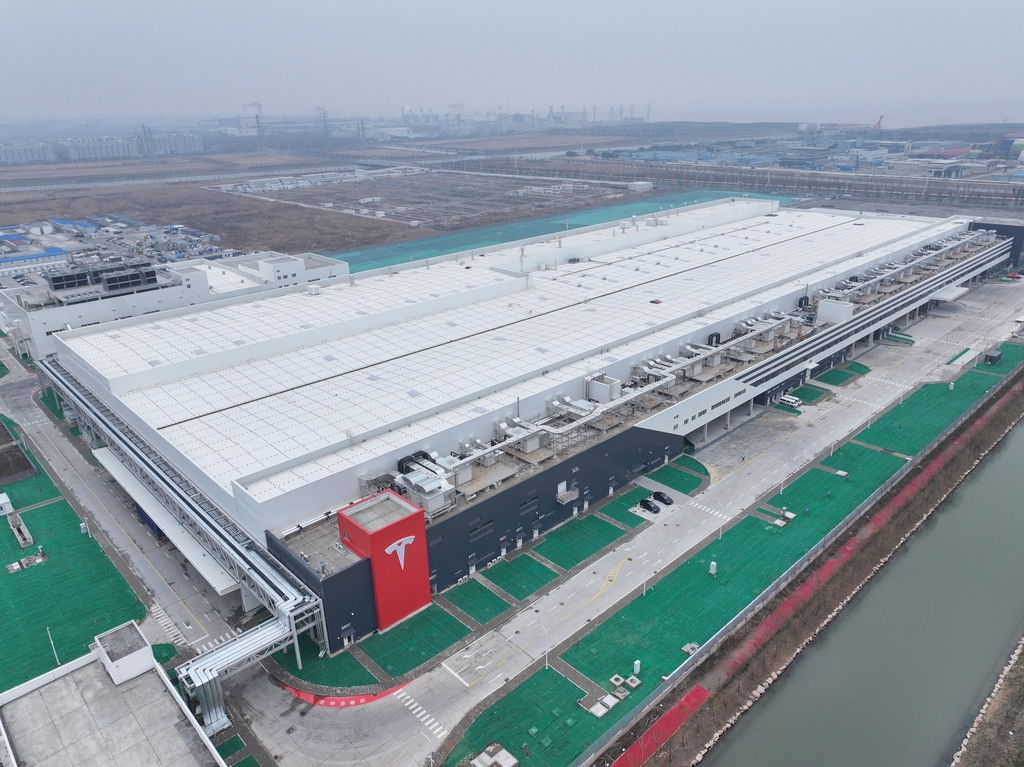Shanghai attracts foreign investment with new projects, initiatives

Shanghai continued to experience an influx of foreign investment in the first two months of 2025, with major projects, global executive visits, and new initiatives highlighting the enduring allure of the Chinese market for foreign capital.
This positive trend is driven by the city's attractive business environment, robust infrastructure, and strong manufacturing capabilities.
A prime example of this investment surge is Tesla's first energy storage Megafactory outside the United States, located in the Lin-gang Special Area of the China (Shanghai) Pilot Free Trade Zone.
Construction of the Megafactory, which was completed just eight months after it began in May 2024, exemplifies the efficiency and speed of both Shanghai and Tesla.
Michael Snyder, Tesla's vice-president of Energy and Charging, praised the efficiency and speed of the project, highlighting the benefits of the Lin-gang location, including the support of the Yangtze River Delta energy storage industry chain cluster, China's strong manufacturing capabilities, and Shanghai's favorable business environment.
The factory will produce commercial energy storage batteries for global markets, including Europe, contributing to a green future, according to Snyder.
Toyota has also announced plans to establish a wholly owned Lexus pure electric vehicle and battery research and development and production company in Shanghai's Jinshan district. The project further underscores the growing importance of Shanghai as a hub of the electric vehicle industry.
Beyond flagship projects, numerous foreign companies are expanding their presence in Shanghai by launching new initiatives.
For example, Carl Zeiss, a prominent German company, has announced plans to build a comprehensive headquarters complex for Zeiss Greater China in the Shanghai Free Trade Zone. The investment, exceeding 600 million yuan ($82.66 million), covers 60 mu (4 hectares) and reflects the company's commitment to China's future.
Zeiss has been present in China since 1999, witnessing and benefiting from the country's economic reforms. In 2021, China became Zeiss's largest single market globally.
Estee Lauder Companies' global president and CEO, Stéphane de La Faverie, said during his recent Shanghai visit that he was particularly impressed by the Chinese government's "2025 Action Plan for Stabilizing Foreign Investment", which recognizes the significant contributions of foreign companies to job creation, export stability, and industrial upgrading.
De La Faverie highlighted Estee Lauder's "in China, for China, for the world" approach, exemplified by the company's China Innovation Research & Development Center based in Shanghai.
Shanghai is also emerging as a hub for new brands and innovative business models.
De La Faverie noted the recent opening of Le Labo's first Chinese mainland store in Shanghai's Xintiandi area, showcasing an integrated coffee shop, Shanghai-exclusive collections, and personalized product services. The innovative model caters to market demand and makes the store a popular destination among consumers.
Source: Xinhua

